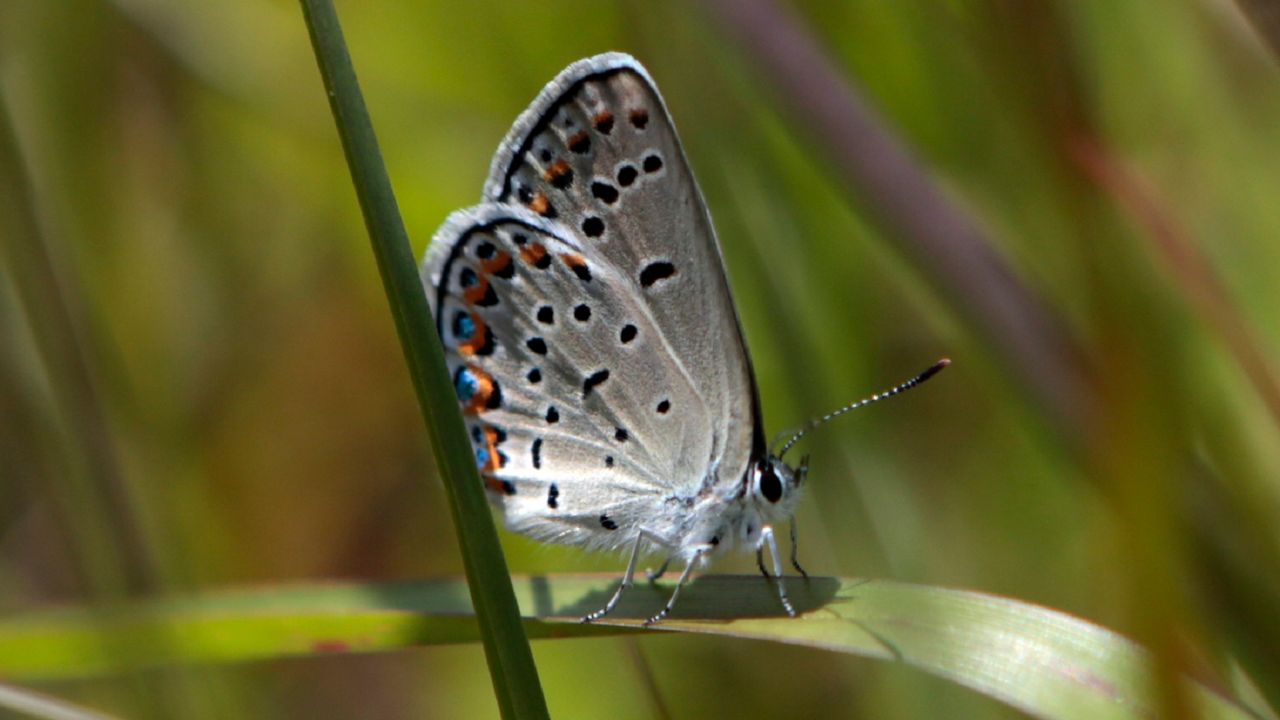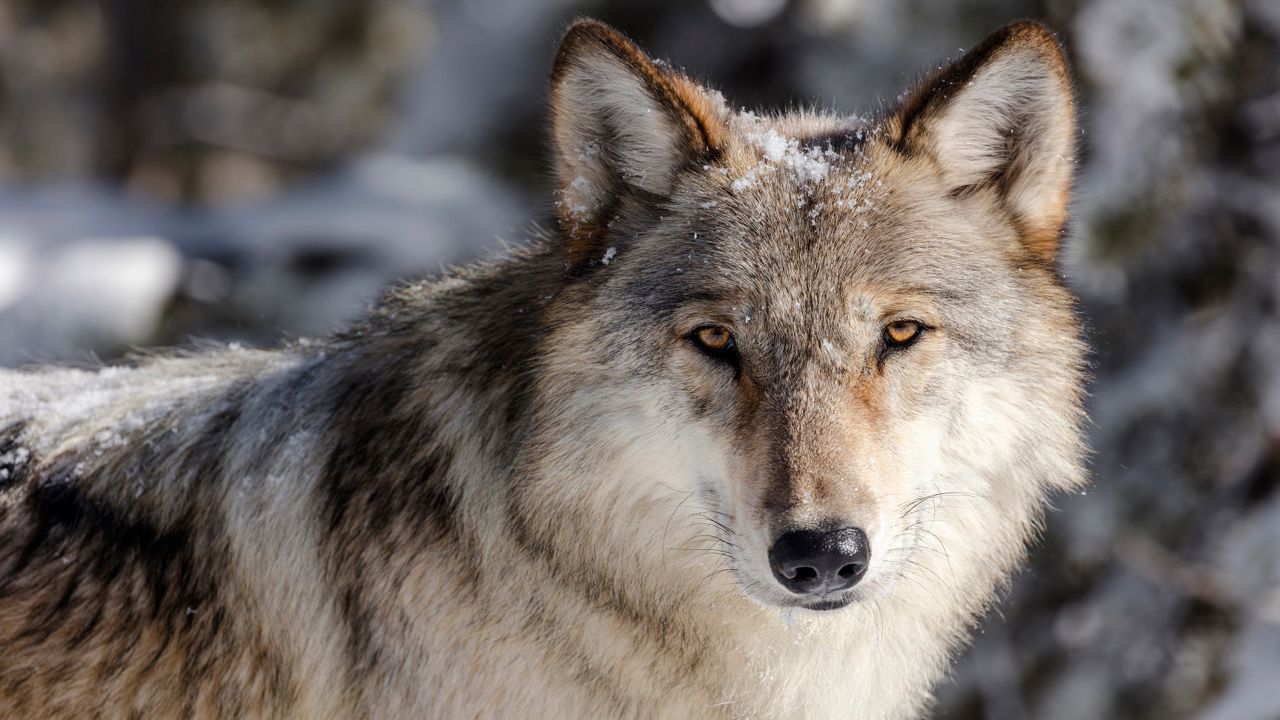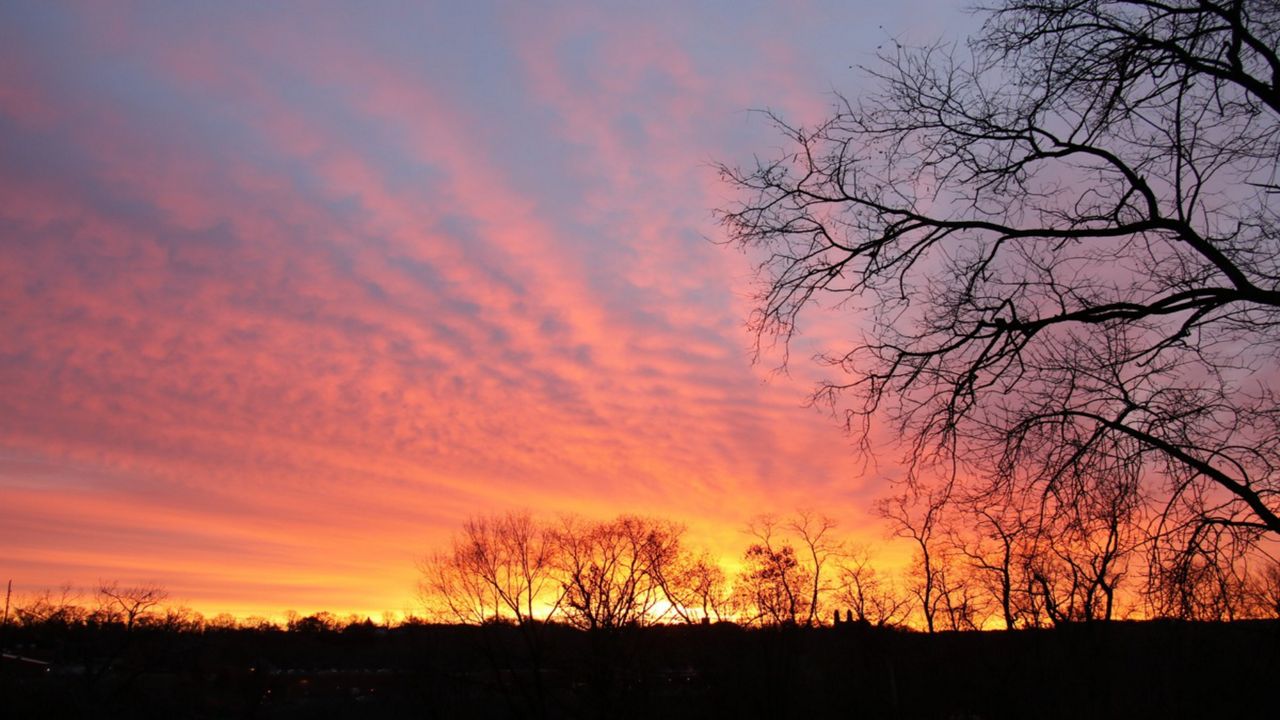MILWAUKEE — Wisconsin’s wildlife is a rich tapestry of different species and ecosystems, connected in countless different ways.
But some pieces of that tapestry are close to ripping apart. Plants and animals in the Badger State — like those all over the world — are threatened by everything from habitat loss to climate change to invasive species.
Helping endangered species survive isn’t just a sentimental issue, said Rich Staffen and Jay Watson, who work in the Bureau of Natural Heritage Conservation with the Department of Natural Resources. It’s the key to keeping whole ecosystems from collapse.
“If you remove a species from the wild, or from the food cycle, or from the ecosystem, we just don’t know what it could do to that whole web of life,” Staffen said. “So it’s important to maintain that biodiversity of life.”
On this Endangered Species Day, we take a look at some conservation efforts for rare species across Wisconsin — from the rivers to the skies, the prairie to the forest, and from success stories to continued struggles.
Rusty patched bumble bee
Status: Federally endangered and state special concern
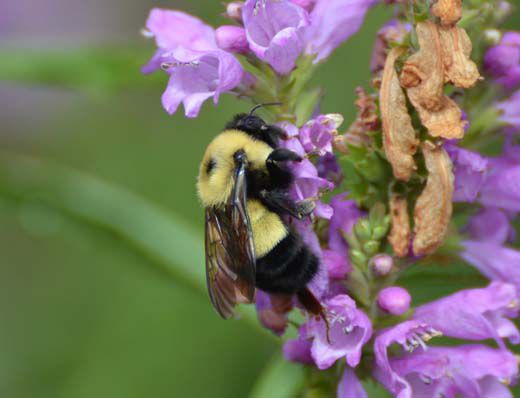
In the past few decades, the rusty patched bumble bee — a fuzzy pollinator with a distinct reddish patch on its body — has gone from being a pretty common sight to an extremely rare one in the U.S.
The bees used to range all the way from the East Coast to the edges of the Dakotas, said Watson, whose work focuses on insect conservation. But these days, the population is mostly just “hanging on” in a few states.
One possible cause for their decline is the spread of disease that spilled over from the commercial bumble bee industry, Watson said. But other factors, including habitat loss, are probably playing a role too, he added.
Maintaining good habitat areas — ones that include native plant species, and are pesticide-free — is a priority for helping these bees recover.
And when it comes to saving the bees, it doesn’t take much land for people to make a difference, Watson said: Even those in urban areas like Milwaukee can help by incorporating native plants or letting their grass grow out.
“It's pretty interesting, compared to most endangered species that, you know, it's dependent on our own backyards,” Watson said.
Fun fact: Rusty patched bumble bees live in pretty big groups compared to other bee species. A healthy colony can include up to 1,000 worker bees.
Wood turtle
Status: State threatened
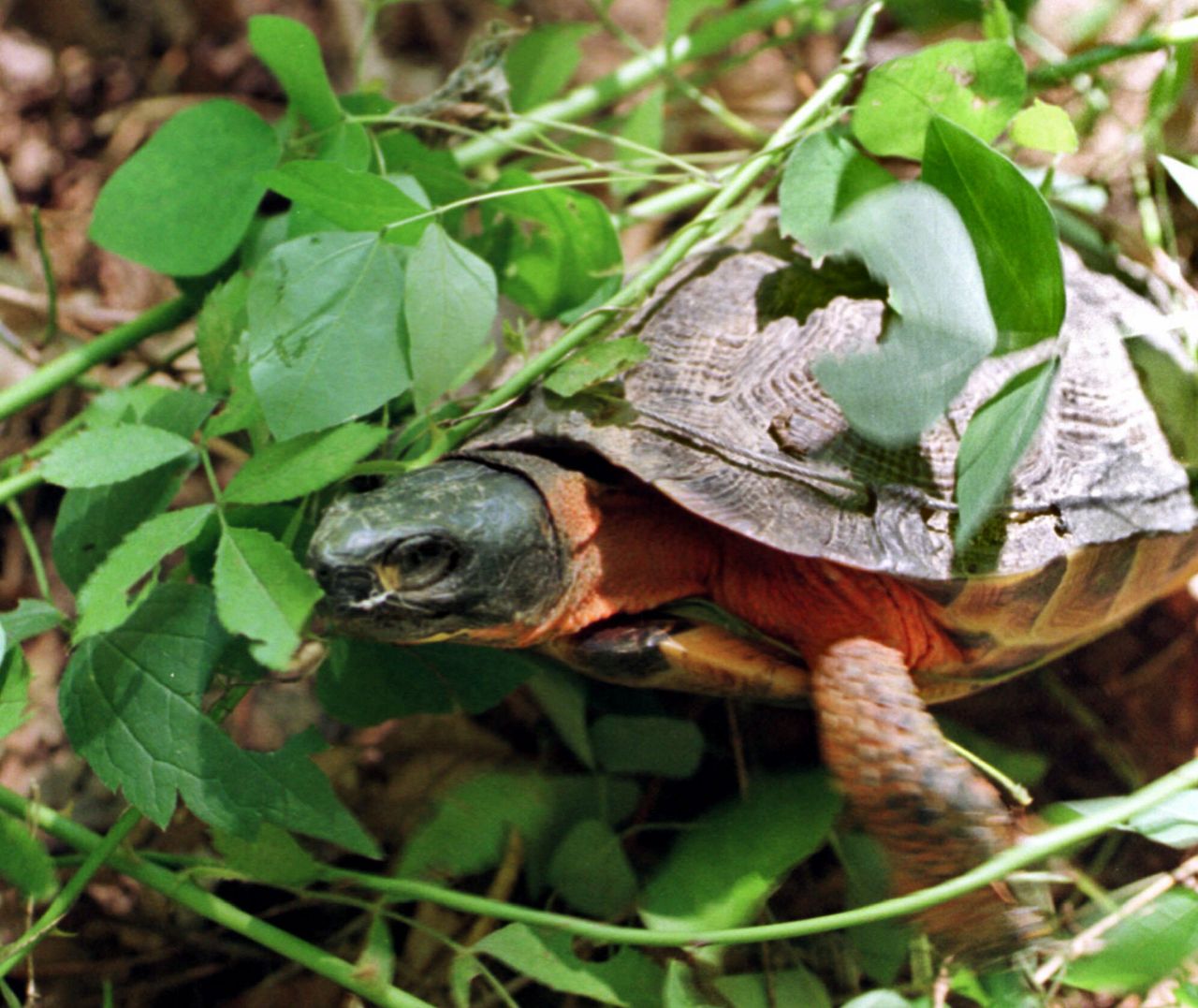
Up in the northern part of Wisconsin, the wood turtle, with its sculpted shell and yellow highlights, has slowly been making a comeback.
For wood turtles, nesting habitat is a major concern, said Staffen, who works with a range of rare vertebrates. Though they spend a lot of their time hanging out in rivers and streams, when it comes time to lay their eggs they start seeking out patches of loose, sandy soil.
If the canopy near the stream gets too overgrown, though, the sunlight can’t get through to dry up these sandy patches for turtles’ nests. And “if they don’t have something right near the stream, oftentimes they go up onto a road crossing,” Staffen said, digging into the gravel or sandy areas near the street — and putting themselves in danger from cars driving by.
Protecting the turtles involves making sure there are nesting areas near their streams so they don’t have to wander far, Staffen said. Putting up fences near road crossings or creating underpasses can also keep them out of harm’s way.
These measures can also help other species that tend to run the risk of getting hit by cars, he added — including the frogs and salamanders that tend to cross over after it rains, and the snakes that often bask on roads to warm themselves up.
Fun fact: The wood turtle stomps on the ground to lure out earthworms to eat — which scientists think is a way to imitate the sound of falling rain.
Bald eagle
Status: Formerly state and federally endangered; now delisted
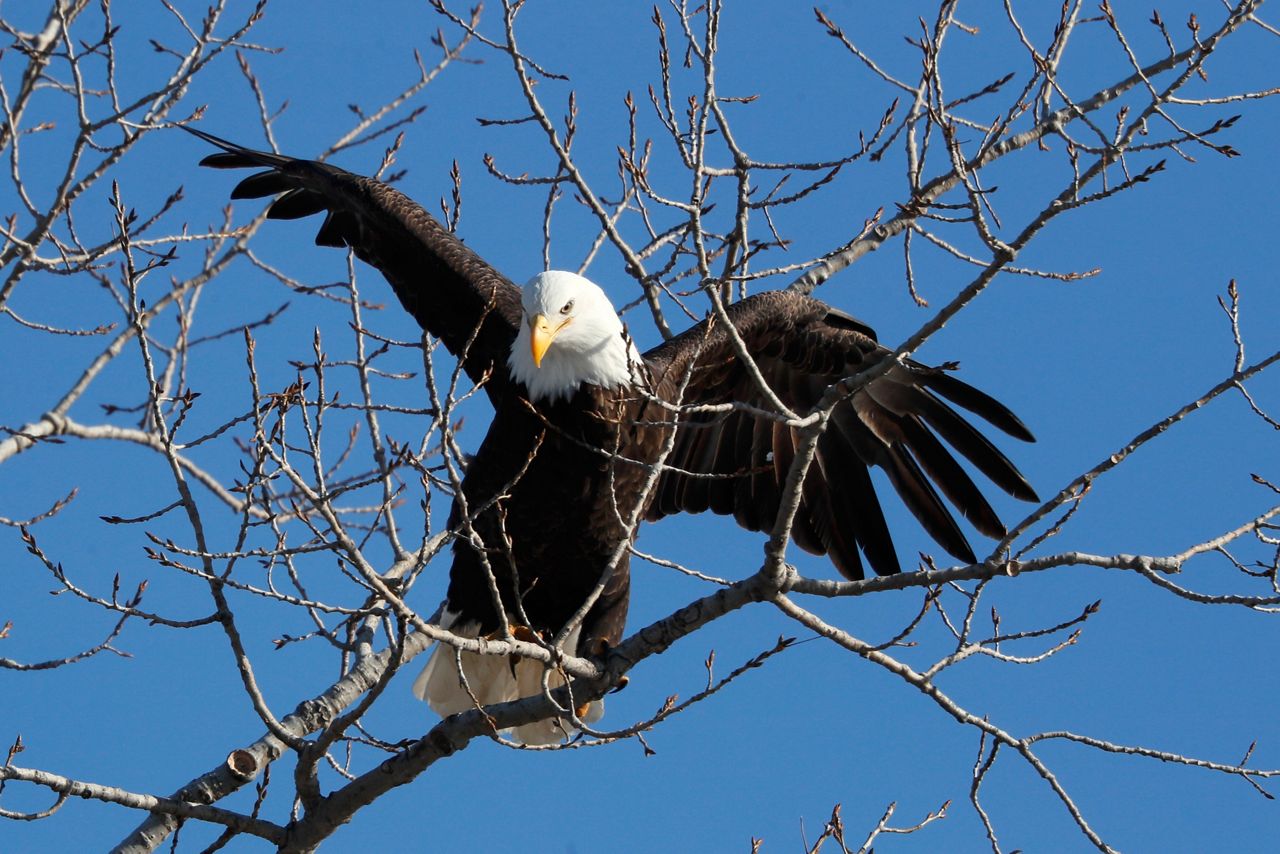
Bald eagles are, of course, a national symbol (and the star of some specialized Wisconsin license plates). But they haven’t always thrived in the U.S.
A major challenge for the birds was the widespread use of the pesticide DDT, until it was eventually banned across the country in 1972. The chemical spurred big issues with the eagles’ reproduction, Staffen said: “It was thinning the egg shells, so they would go to sit on their eggs to incubate, and they would essentially crush or break the eggs.”
Since the DDT ban, though, bald eagle populations have rebounded in Wisconsin, along with other birds of prey like ospreys, hawks and falcons.
Wisconsin has one of the longest-running eagle surveys in the nation, Staffen said, with almost 50 years of data — collected by zooming over the treetops in planes to look for nests.
In the last count, there were around 1,700 nesting pairs across almost every county in the state, making Wisconsin one of the leading states in the U.S. for bald eagle populations. That’s more than 10 times as many nests as surveys found in the early 1970s.
Staffen said the eagles are an important conservation success story for Wisconsin. These days, crowds flock to open water areas in the winter to see the eagles soar.
“Wisconsin plays a major role in bald eagle conservation across the country,” Staffen said.
Fun fact: Eagles return to their same nests year after year and keep adding on — so their nests can end up weighing more than a ton.
Eastern massasauga rattlesnake
Status: Federally threatened and state endangered
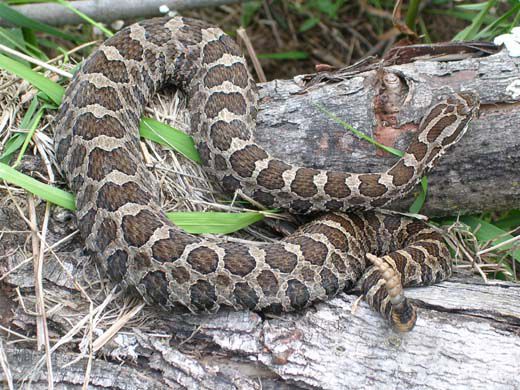
While we typically think of rattlesnakes as hanging out in dry bluff areas, the eastern massasauga prefers to live in wetland areas near river systems, Staffen said. They spend their winters tucked away in crayfish burrows.
The eastern massasauga is one of only two rattlesnake species around the Great Lakes. As its habitat has been lost or split up, the snakes have struggled to survive, with only about eight known locations for them left in Wisconsin.
When it comes to conservation, Staffen acknowledged that “there’s kind of a love-hate relationship with rattlesnakes.”
But even though they’re not as cuddly as some other rare species, he pointed out that the snakes are still really important to maintaining a stable ecosystem. They help control rodent populations, and also support other species higher up on the food chain.
In fact, this rattlesnake tends to be pretty shy and stays out of the way of humans, Staffen said. A lot of times, when people encounter a snake that’s more hostile, it’s a mimic species that has adapted to look and sound like a rattlesnake.
“A lot of people find it surprising, but they're actually very docile and not very aggressive,” Staffen said.
Fun fact: The name “massasauga” is derived from the Chippewa language and roughly translates to “Great River Mouth.”
Upland sandpiper
Status: State threatened
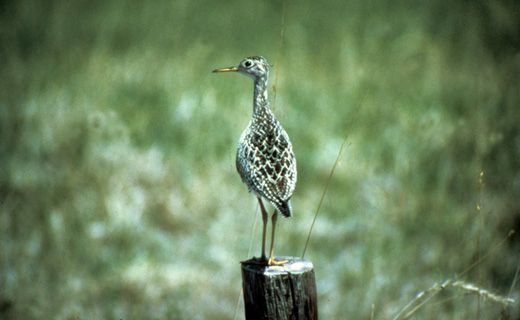
Among Wisconsin’s rare species, “one of the biggest, most rapidly declining groups is grassland birds,” Staffen said.
The upland sandpiper — a black and brown bird, with a little head perched on a long, skinny neck — is one of those grassland species that has been in a rough patch for the past couple decades.
The upland sandpiper needs wide, open grassland areas in order to thrive, Staffen said. These types of habitats have been disappearing from the state — sometimes getting turned into agricultural row crops and housing developments, or converting into forests if there aren’t wildfires to control growth.
The birds nest directly on the ground, Staffen explained. And without enough open grassland area, their eggs are more likely to be found — and destroyed — by nest predators like raccoons, squirrels or other birds.
“Raising young to get to the point where they can actually fledge or leave the nest becomes even more difficult,” Staffen said.
To help out the upland sandpiper, a lot of conservation efforts focus on protecting their habitat areas, managing invasive species and even offering incentives to restore some lands into prairies, Staffen said.
Fun fact: In some states without a lot of grassland habitat, the upland sandpiper may make its home near airport grounds, where they can find short grass.
Regal fritillary
Status: Federal species of concern and state endangered
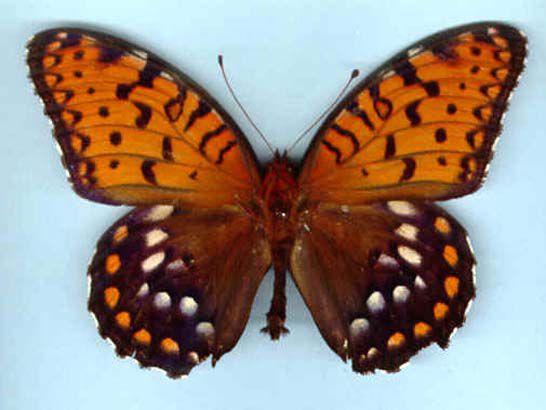
The regal fritillary, a large butterfly with striking orange and black wings, is pretty specific about where it makes its home. The species is a prairie specialist, Watson said, requiring wide expanses and lots of violets to lay their eggs on.
“The challenge of that species is, it’s not going to be able to survive in our backyards,” Watson said. “They need a large landscape, multiple hundreds of acres with their host plants.”
Back before human development came along, the regal’s preferred habitat was widespread across the state. But these days, it’s harder to come by — and the butterfly’s pickiness is becoming a big issue for its survival.
Prairie specialists like the regal fritillary are left with a fraction of a percent of the habitat spread they used to have, Watson said. That leaves them vulnerable to any kind of disturbance.
“Any time some type of event happens that knocks that population out, there’s nowhere for them nearby to recolonize that habitat again,” Watson said. “So they basically wink out all over the place.”
The same story holds for other butterfly species like the swamp metalmark — which is also a habitat specialist, seeking out swamp thistle plants in wetland areas. The metalmark has been narrowed down to two remaining populations in Wisconsin, Watson said, and its numbers have declined across its whole range.
Restoring these butterflies’ habitats, and creating wildlife corridors to connect the little pockets of land where they can thrive, can hopefully help stabilize their populations, Watson said.
Fun fact: When it’s looking to mate, a male regal fritillary will chase a female by flying in a circular pattern behind her. If the female isn’t interested, she’ll fly way up into the air and take a quick dive to get away.
Karner blue butterfly
Status: Federally endangered and state special concern
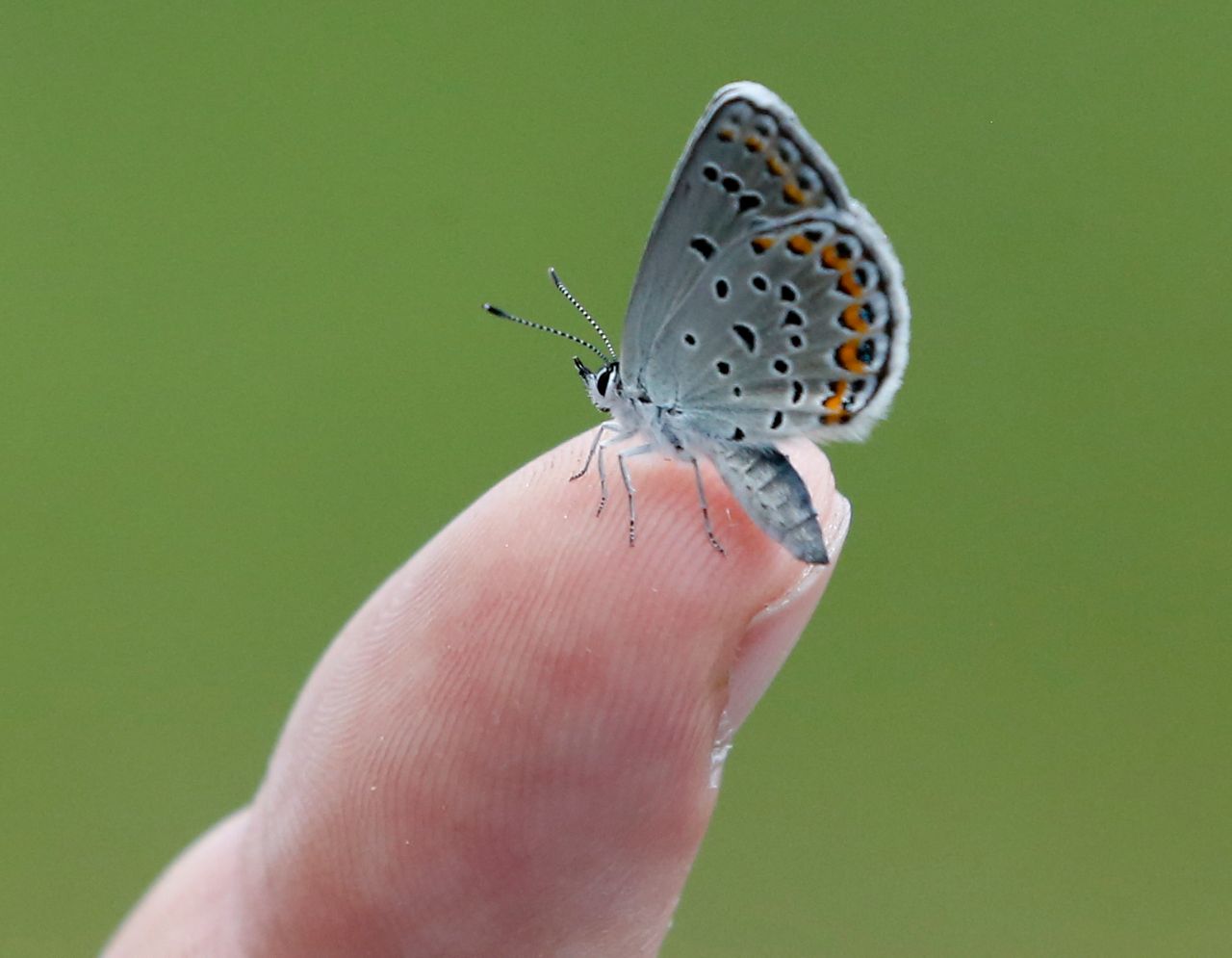
The petite Karner blue butterfly, which grows to the size of a nickel, has been pushed out of a lot of its former range — but in Wisconsin, the species has been doing pretty well, Watson said, with the help of a lot of management.
Like other rare butterflies, the Karner blue is a picky eater. The species feeds on a particular plant, wild lupine, which is key to its survival.
One conservation threat is the spread of a different, non-native lupine, which looks just about the same but doesn’t serve as a good host for the butterflies. “If they go and lay eggs on that, their larvae can’t feed on that plant,” Watson explained.
Wild lupine is also sensitive to overgrowth: Without wildfires to burn back taller brush and trees, the blooms can’t get enough sun to survive.
By working to manage and restore the butterfly’s habitat in the state’s central barrens, though, Wisconsin has become a world leader for conserving Karner blue populations.
Fun fact: The Karner blue butterflies will be flitting around Wisconsin soon — they’re usually active starting near the end of May to early June.
How to help Wisconsin’s rare species
There are a few steps that Wisconsinites can take to help out the species that are struggling, conservationists said.
One way is to report sightings of certain species across the state. Your reports can help experts keep track of everything from bumble bees, to bald eagle nests, to frogs and salamanders on the road.
“We've been leaning more and more on citizens for some of the science work that we do,” Staffen said.
If you have any land — whether that means acres of property or a small urban yard — you can help pollinators, like the bumble bee, by planting native species and avoiding pesticide use, Watson said.
And, “if you can tolerate it,” leaving a part of your yard a bit more wild instead of keeping it perfectly manicured can give species a place to build their nests or wait out the winter, he added.
Keeping cats inside can also help protect birds, small mammals and reptiles, Staffen said.
All of these efforts help preserve the complicated chain of life in our state — one that includes us humans, the conservationists said.
“There's so much about nature that we don't know, even though we're studying it all the time and trying to learn things,” Staffen said. “I don't think we want to find out what would happen if we start to lose too many species, or our ecosystem were to crash.”





